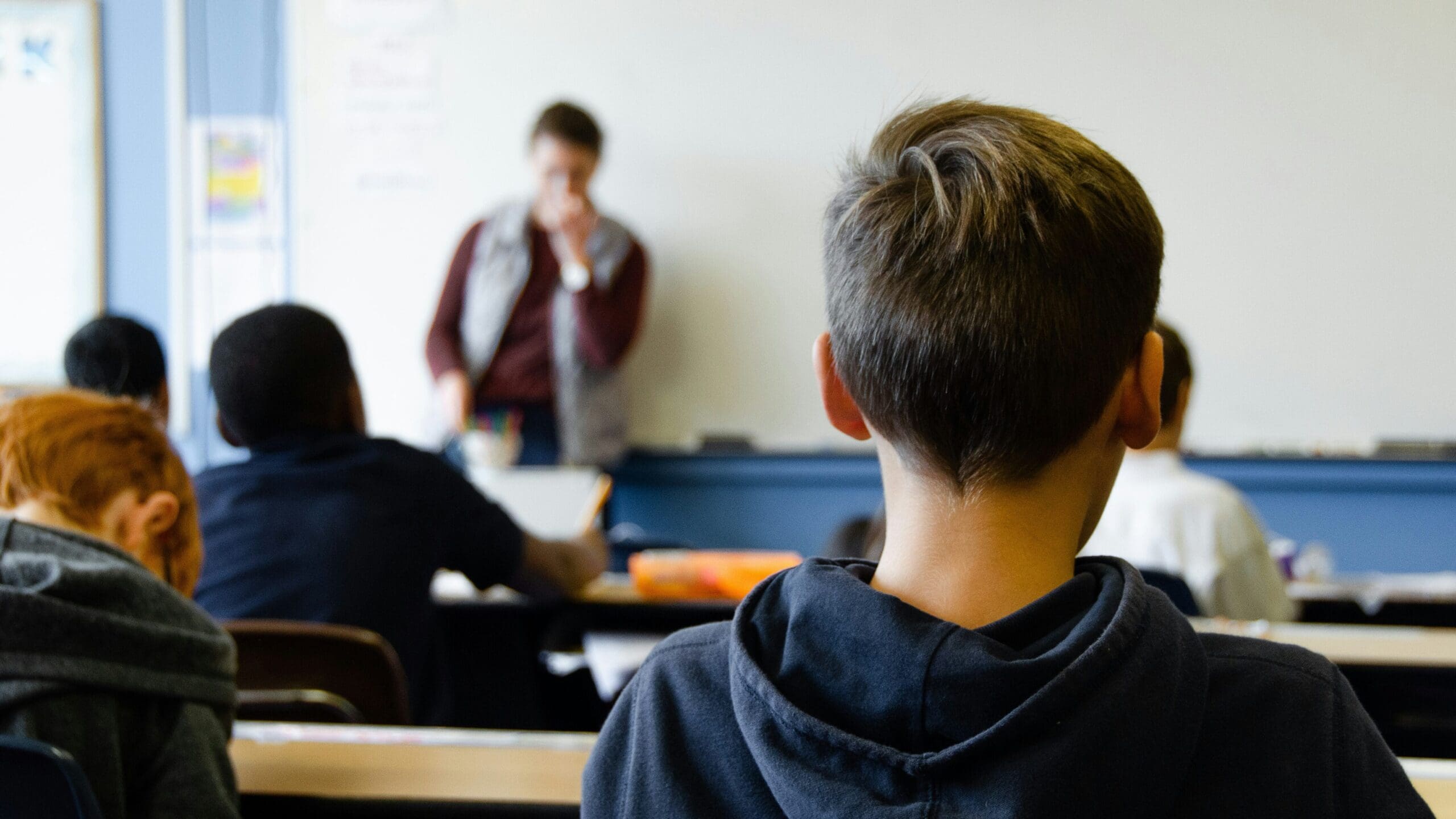
There is no denying that e-cigarette use, or vaping, is on the rise, especially among young people. In 2022/23, 30% of 12 to 17-year-olds reported using e-cigarettes in Australia.
That’s more than a 50% increase from 14% in 2017.
What’s more concerning, is the idea among adolescents that everyone vapes. This misconception is negatively influencing young people, as it normalises vaping.
The peer pressure effect
Our perception of others can influence every aspect of our lives. From what we wear, to what we eat, how we live and how we speak.
It’s no surprise that if young people think that everyone around them is vaping, then they’ll try it out too.
The Generation Vape research project, a 3-year (2021-24) study, is looking into e-cigarette use among young Australians. The research shows that most young people view vaping as “very common”, with young people also thinking:
Vaping is “normal”
“If you’re not [vaping]… it’s kind of like a little bit like you’re not like a normal teenager.”
E-cigarette user, female, 16-17 years
The idea that ‘everyone’s tried a vape’ has allowed vaping to become a normalised behaviour. Since so many young people believe that everyone around them vapes, it can feel strange to have not used e-cigarettes.
Vaping is “not that bad”
“You see everyone doing it and like you know, you see like oh, you know what, it’s not too bad.”
E-cigarette user, female, 16-17 years
The misconception that vaping is widespread allows young people a way to rationalise the behaviour. It makes it easier to dismiss the health risks of vaping, such as addiction, poisonings, nicotine toxicity from inhalation, burns and lung injury.
Vaping helps young people “fit in”
“I guess a kind of sense of like belonging, cause if like a lot of people there are doing it… like to fit in.”
Non-e-cigarette user, female, 16-17 years
In the study, almost all participants linked e-cigarette use with a desire to fit in. Vaping can be a way for young people to feel a sense of belonging with their peers, and because they believe everyone around them does it, they can be left to feel as though they are the odd one out, if they don’t partake.
We need government action to curb vaping
To help eliminate the misconception that vaping is a normal and widespread behaviour, policy reform is urgently required.
Reducing Availability of Vapes
We need to urgently implement policy changes at a federal level to ensure vapes are only available via prescription for smokers wanting to quit and not available on every street corner alongside lollies and snacks.
When a product can be seen everywhere in our communities, it further solidifies the idea that vaping is normal.
Limiting Marketing Exposure
Exposure to e-cigarette advertising can make vaping seem like it is not only common, but socially acceptable.
Implementing policies to restrict e-cigarette marketing and promotion is a crucial step to addressing the misconception that vaping is a widespread and normal behaviour.
Education Campaigns
Alongside strong policy, it is important to develop targeted, evidence-based education campaigns that challenge misconceptions about vaping prevalence among young people and encourage informed decision-making.
Public Space Regulations
Enforcing regulations to limit vaping in public spaces will help challenge the idea that it is a socially acceptable and normal behaviour and will support young people to make healthy decisions. It is vital that these policies are enforced, to help protect the health and safety of the younger generation.
To learn more about vaping and its impacts on young people, visit the Generation Vape project page.
We would like to thank our Generation Vape funding partners: The Australian Government Department of Health, the NSW Ministry of Health, Cancer Institute NSW, and Minderoo Foundation.








